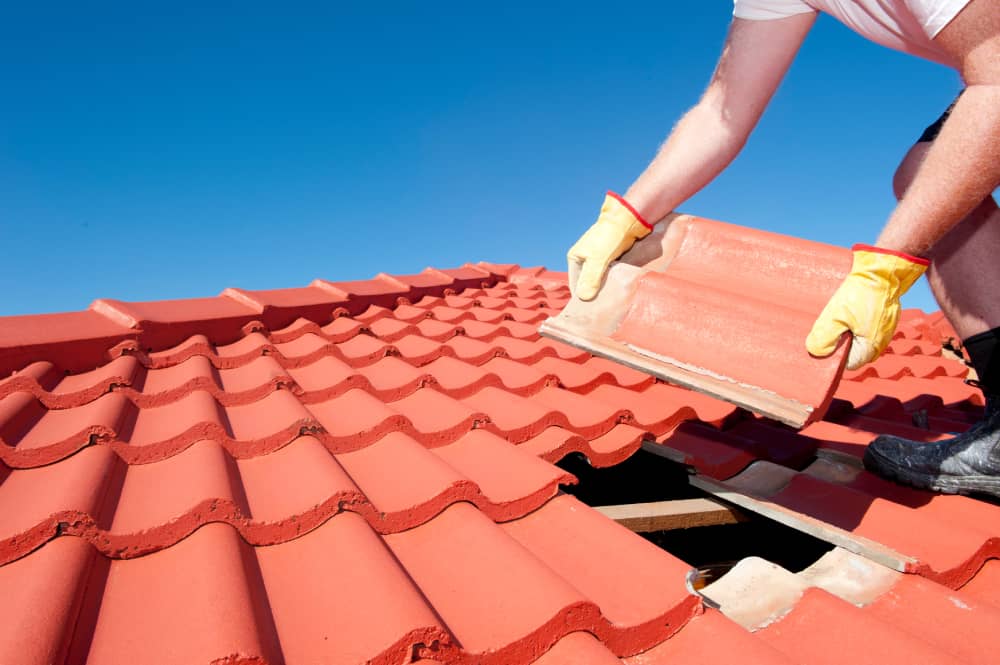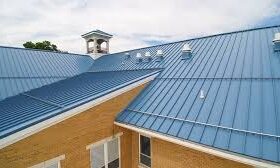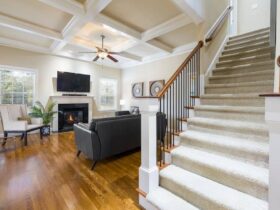Almost everyone dreams of having their own house but fails to do so due to a lack of funds. Now that you can finally afford to build a house, you’re probably the happiest you can be.
However, as exciting as it may be, there are several things you must consider when planning the construction of your home. These include its durability, cost-effectiveness, and most importantly, energy efficiency. Granted, these considerations might complicate the process a little bit, but it’s typically a worthwhile endeavor. According to RAYCORE, energy efficiency can go a long way in saving you a lot of money in the long run, especially in heating and cooling costs.
There are several ways to maximize a building’s energy efficiency, but the best step generally is to choose energy-efficient components. One particular component that might prove to be highly beneficial to your ongoing home construction is structural insulated panels.
What Are Structural Insulated Panels?
Structural insulated panels, or SIPs, are a special type of panels that are often used to construct different building parts. Examples are ceilings, floors, and walls. These panels consist of foam board insulation sandwiched in between two protective casings. The material used for the casing may vary, though it’s often made with a particular type of wood called oriented strand boards or OSB. SIPs are known for their energy efficiency and durability.
The concept behind structural panels has been around ever since the 1930s, but it was way underdeveloped at that time. It doesn’t offer insulation; therefore, it wasn’t fit for construction.
Fast forward to 20 years later; energy efficiency became a huge concern worldwide, which served as a catalyst to reintroduce structural panels to the industry. This time, however, the element of insulation was incorporated, hence the birth of structural insulated panels that people use today. Of course, stating that they’re energy-efficient doesn’t tell you much about how good SIPs are. On that note, this guide would look into the pros and cons of structural insulated panels in detail and how it benefits you by incorporating them into your home construction.
Pros #1: Promotes Faster Construction
Typically, during the construction process, workers not only assemble the building components but also manufacture the components from raw materials. This explains why construction can take several months to finish. SIPs, on the other hand, are manufactured offsite and are often ready to install. Think of it as constructing floors, ceilings, or a roof with massive Lego blocks. Furthermore, the fact that you no longer have to worry about traffic caused by procuring raw materials such as timber and stone from different sources further speeds up the process.
For that reason, any home construction projects involving SIPs are often faster than your typical project. In fact, a time-motion study shows that using SIPs can cut framing time by up to 55%.
For your reference, framing time refers to the process wherein workers frame the house and work on the roof. It usually takes at least two months, depending on the complexity of the structure. Reducing 50% of that time is a considerable advantage, especially since you’re also effectively reducing the labor costs and your overall expenses apart from saving time.
Pros #2: Boasts Flexibility
When SIPs were first introduced, one of the main problems brought up by architects was their lack of design flexibility. More precisely, if you intend to use SIPs, there are only a specific set of designs for the building. However, that’s no longer much of a concern with the modern world.
Ever since its conception, the construction industry has developed different types of SIPs, each offering different structures and designs. That’s why SIPs can now be engineered to meet the specifications of any building design. If, for example, you want a contemporary house, you can use SIPs, and the same applies to when you want to build a Victorian house.
Pros #3: Maximizes Energy Savings
One of the obvious reasons to use SIPs for home construction is that they’re energy-efficient, but what does that necessarily mean? For one, going fully energy-efficient means you can save a lot of money on appliances. Take HVAC (heating, ventilation, and air conditioning), for example.
When using SIPs for your roof, flooring, or ceiling, you’ll find that the weather outside doesn’t affect the temperature inside your home that much. For that reason, investing in HVAC appliances won’t strike you as necessary. This is mainly because SIPs are excellent thermal insulators—items that are great at preventing heat from transferring between objects.
Since that’s the case, the cold air outside won’t transfer inside your home due to the barriers that SIPs create, and the same goes for the hot air when it’s scorching outside.
Pros #4: Enhances Overall Building Airtightness
Apart from the durability and insulation of SIPs, architects and builders were also fascinated by the airtightness of SIPs. For your reference, being airtight means an object doesn’t allow air to move in or out quickly in the event of leakage. In the case of houses, it reduces the amount of air that can pass through small gaps in between panels. It’s pretty similar to the previous point, except it also prevents dust and dirt from entering, which enhances air quality in your home.
Pros #5: Environmental-Friendly
Apart from the benefits that directly influence your home, it’s also worth noting that the use of SIPs for construction is environmental-friendly and for several reasons. One, oriented strand boards, the most common material for the casing, are made from fast-growing trees. Hence, the production of SIPs has minimal impact on the environment. Two, the foam board insulation has low global warming potential (GWP). Lastly, constructions involving SIPs generally use much less timber than the traditional construction system, further minimizing its impact on forests.
Summing Up The Pros
Overall, SIPs are certainly worth considering if you want to build your dream home, and for several reasons. It makes the construction easier, which is perhaps the most burdensome part of owning a house. You have a lot of freedom in regard to your building design. Everyone loves saving money, so being able to reduce your expenses is also a huge plus. And while the concept of airtightness might not be familiar, it’s evident that it can contribute to a comfortable home. To top it all off, SIPs are environmental-friendly. But as usual, there are a few downsides to these panels as well.

Cons #1: Requires A Highly Skilled Crew
SIPs are generally manufactured with extreme precision and accuracy. Otherwise, they wouldn’t be as airtight as they are. While it’s a fascinating fact, it also means that one mistake can lead to a disastrous result. For example, if the crew handles the SIPs without care, it may sustain damage and reduce its performance considerably. That’s why if you intend to use SIPs, you must make sure you only hire a highly skilled crew. Installing the wiring and plumbing is also quite difficult when using SIPs, so you should also ensure the architect knows how to handle SIPs.
It’s also worth noting that large SIPs are often impossible to move even with a couple of workers, so a crane or forklift is often a must. This further emphasizes the importance of hiring only the best of the best in the construction industry when handling SIPs. This might be the worst of your problems since only a few contractors are familiar with these panels.
Cons #2: High-Maintenance
Another problem that you’ll encounter when dealing with SIPs is that they’re relatively high maintenance. To be more precise, these panels don’t have high termite or pest resistance.
This means that insects, termites, and rodents are likely to damage the panels, especially since they provide an ideal breeding ground for these critters. Of course, you can solve this problem by using insecticides regularly, as suggested by many SIP manufacturers. Still, it only adds to your chores, but that should be manageable if you’re all for home improvement.
Cons #3: Difficult To Modify In The Future
As previously mentioned, SIPs are manufactured offsite. While it does speed up construction, it also eliminates the possibility of post-build improvements. This is mainly because the design is already pre-determined from the start. For example, the wiring and plumbing holes are pre-drilled, so adding new wirings and plumbing lines would be extremely difficult. If you’re the type to change your house’s design every now and then, using SIPs might not be the best idea.
Cons #4: Susceptible To Moisture Damage
Since the composition of SIPs is mostly wood, it’s fairly susceptible to moisture damage, such as rotting, molds, or mildew. But funnily enough, you can easily prevent moisture by improving your home’s ventilation and insulation of its walls, which is what SIPs are good at. Simply put, the properties of SIPs created and resolved the problem at the same time.
Conclusion: Is It Worth The Extra Expense?
Judging from the pros alone, it’s clear that SIPs would be worth its cost, especially considering that it doesn’t add much to your expense in the first place. It improves many aspects of your house, including its durability, energy efficiency, and cost-effectiveness. But you have to remember that while it’s already been around for decades, it’s not a very popular system in the industry, so not many contractors know of it. It also carries other disadvantages, but thankfully, its pros somehow minimize the severity of its cons. In conclusion, it might be worth the expense for some homeowners, but it may not be for others.












